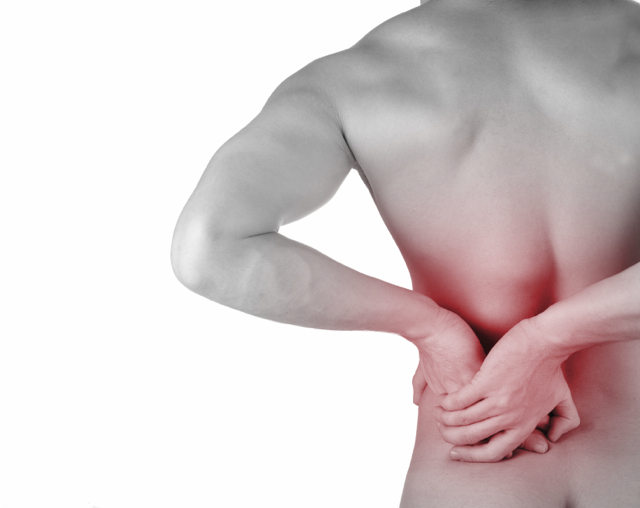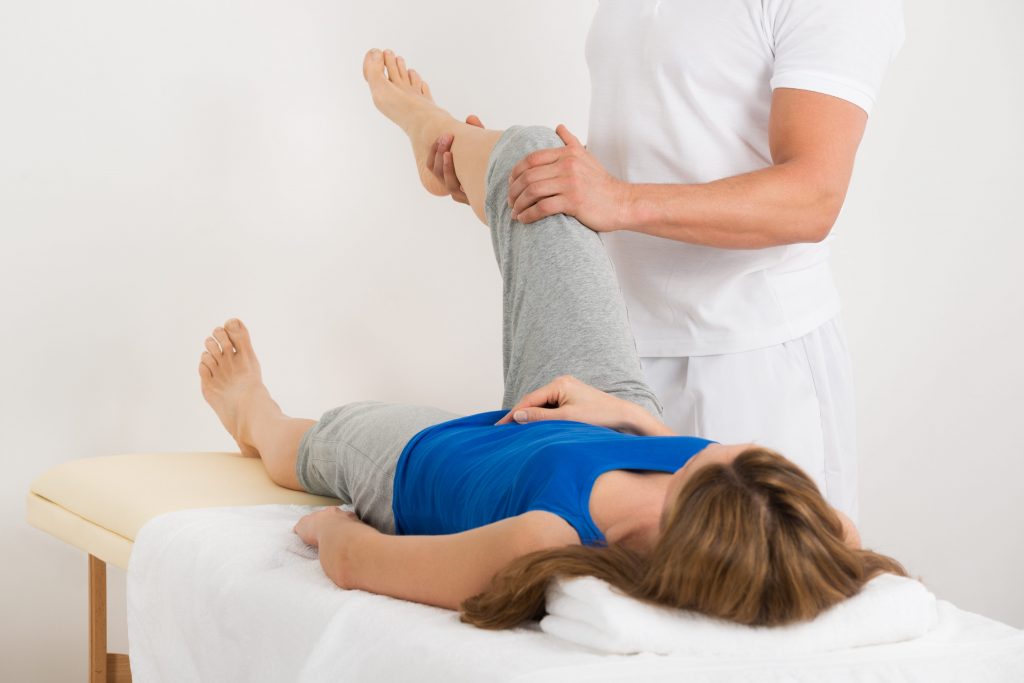Lower Back Pain, Treatments That Actually Work
Most Australian adults will experience a significant episode of low back pain at some point in their lives, and while that sounds fairly dramatic, we need to remember that most low back pain gets better without the need to see a doctor. Gentle activity is usually the best treatment.
Low back pain (also known as lumbar pain) can be caused by various issues in the muscles, ligaments, discs, joints or nerves of the spine. And importantly it can also happen without a problem in any of these structures.
Lumbar strain is one of the most common causes of low back pain. Injury can occur because of repetitive or overuse, unaccustomed loading, or trauma. Low back pain is commonly classified as ‘acute’ if it has been present for days to weeks but if it lasts longer than three months, it is often referred to as ‘chronic’. Those between 6 and 12 weeks are in a grey zone, often called ‘sub-acute’.
Some low back pain occurs secondary to serious pathology like fracture, infection or cancer, but most back pain is fairly simple and ‘mechanical’ in nature. In the bulk of these instances it is impossible to determine exactly what causes a person’s pain and so we tend to categorize it as non-specific back pain.
We have no way of preventing all back pain but you can reduce your risk considerably by keeping mobile, staying active and eating a balanced diet. Good back health is really just another facet, of good health overall and it relies on the same habits and behaviours.


Common Symptoms of Lower Back Pain
Sometimes back pain can be central but it can also be one one or both sides of the spine. Specific symptoms of low back pain can include:
- Dull aching pain in the lower back;
- Stiffness of the lower and mid back;
- Tingling or numbness in the leg(s);
- Tingling or pain in the buttock(s);
- Pain in the hip(s) or groin(s);
- Spasms or seizing up of the back muscles;
- Sharp or shooting pains;
- Difficulty walking or standing up straight;
- Weakness of the leg or foot.
Rarely, back pain can be a sign of something serious but this probably really only accounts for a few percent of back pain patients at most. There are some symptoms that can accompany back pain that mean you should seek medical help fairly quickly. These include:
- New bowel or bladder problems, such as not being able to urinate or incontinence.
- Numbness over the buttocks or genitals.
- Fevers or chills.
- A recent fall or heavy injury to the back.
- Back pain that gets worse when resting, lying down or in bed at night.
- Throbbing in the abdomen.
- Weakness in a leg, which can manifest as dragging a foot or a leg.
- Unexplained weight loss.
Also, if you are over 50 or under 16 and have back pain you should see your doctor. Similarly, if you have ever had cancer or suffer from osteoporosis, you should seek medical advice.
Your doctor or allied health professional will examine your back and may feel and locate any areas of sensitivity and pain. They may ask you to perform movements so they can see your strength and range of motion. These examinations will not usually reveal the exact cause of the back pain, but they help them to rule out any serious problems or problems needing immediate medical attention. In most cases, knowing the exact cause of the pain does not change the recommendations for treatment. Most non-specific back pain or simple back pain does not need a precise diagnosis in order for effective treatment to be started.
Treatment for Lower Back Pain – What actually works?
Education and Self Care – This is the recommended first line approach for treatment for acute and chronic low back pain. This should be geared toward helping you understand your problem and to know how to modify your activity to stay appropriately active. The back is big and strong and can heal relatively quickly. Often the best thing we can do is to keep it moving to encourage this healing. You may have heard this sort of thing from us here at Melbourne Osteohealth if you have visited us with low back pain.
Active recovery – This includes trying to do normal activities as much as is reasonably possible. Movement and activity can seem counter-intuitive when we’re in pain but gentle walking, which improves blood flow and speeds up healing, can help. Doctors now know that inactivity and rest lead to stiffness and more pain and is more likely to lead to ongoing back problems. Gentle stretching may help relax muscles, especially if you have muscle spasms.
Manual Therapy – Spinal manipulation, massage and acupuncture are recommended as therapies supportive to education and self-care. These therapies can help reduce nerve sensitivity, improve flexibility and reduce muscle tension, but your therapist can also help you learn about back pain and help you work out the best course of action for you.
Pharmacology – Treatment guidelines for low back pain advise for fairly judicious use of most medicines. Pain relievers are generally considered helpful when used alongside education and self-care, to support an active recovery. In certain, select cases muscle relaxants and anti-depressants may also be appropriate. Opioids like codeine are generally limited and used with great caution because, though they relieve pain in the short-term, the increase the likelihood of pain persisting for the longer-term – and nobody wants that!
The advice differs slightly between those with acute and chronic back pain but the overall message here is that low back pain requires careful and sparing use of prescription and over the counter medicines.
Surgery and other interventions – These are largely much riskier undertakings and as such are used very sparingly. Surgery is usually not recommended for acute low back pain and its effectiveness in chronic low back pain is also in question so the evidence suggests that surgery should be used only as an adjunct in chronic low back pain, and again used alongside education and self-care, to support an active recovery.



